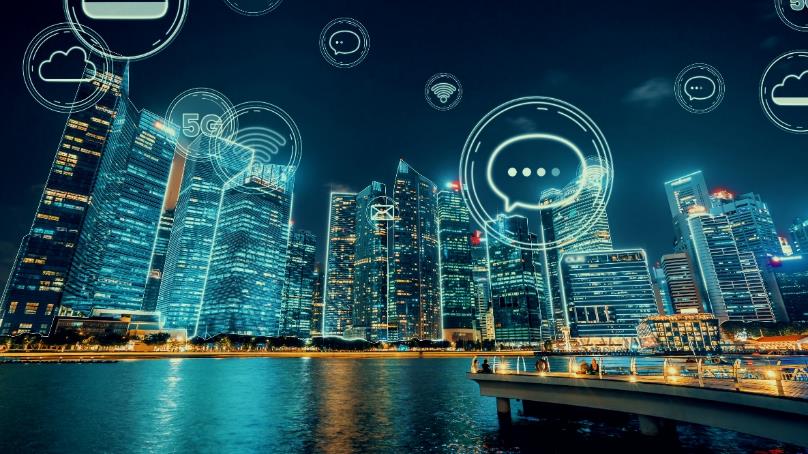The Internet of Things, Explained
As technology advances, the world is becoming more connected to the internet, and that includes everyday objects. Things like a lightbulb that can be controlled by your phone, smart home security systems, or systems like Google Home or Alexa are all examples of interrelated, internet-connected objects. These objects then collect and transfer data over a wireless network — without the need for human intervention. This is known as the Internet of Things. But what’s the point of connecting a lightbulb to the internet and what does this have to do with smart cities? Here, we break down the meaning of the Internet of Things and discuss why it is so important in modern society.
Why do Things Need to Be Connected?
The Internet of Things in NZ can help make everyday processes easier and more efficient, by using the data collected by smart objects. This data can then be organised in a way that is simple and easy to understand. Data visualisation helps us get there. It allows us to make decisions faster, in a more informed way, because we can see it and, more importantly, understand it. Data visualisation is essentially the graphic representation of complex data. It is a fantastic way to provide accessible, comprehensible data information, understand trends, and follow patterns.
The access to real-time data on how people live their lives means that problems can be quickly assessed, and solutions can be found. The more data collected, the more processes and products can be streamlined, and features can be improved. Using this data can save time, money, and waste, creating a better experience for users and a more efficient creation process for producers. The Internet of Things is proving to be very helpful both in everyday tasks and in industrial environments. Now think about things on an even bigger scale, like smart city projects that use sensors to provide real-time information to help with the environment, traffic, and the user experience. The new Internet of Things applications around the world are enabling smart cities to be just that, smart cities.
The Internet of Things and Smart Cities
The high population density in busy cities can sometimes cause issues, such as traffic congestion, waste management, and air pollution. The introduction of smart technology and the Internet of Things means that city planners and other organisations can monitor these issues. As the data surrounding them comes in in real time, they can then make the changes that need to be made to create solutions. At Smart City here in New Zealand, our processes enable us to control devices, manage data, and make informed decisions. With the sensors that we have available, we can provide constant streams of real-time data that can only be good to know, particularly when hard decisions need to be made. To create a smart city, you must have information technology integrations together with a high degree of information resources.
We offer an IoT consulting service to help you figure out how smart technology could help your city. Smart technology, smart industry, smart management, smart services, and smart life are all necessary components of a smart city. The Internet of Things is about having sensors for almost everything, then connecting them through the internet. Once that happens, smart cities will be provided with intelligent recognition, location tracking, monitoring, and management. To be successfully formed, smart cities need to be instrumented, interconnected, and intelligent. Only then can a smart city truly be a smart city. And only with Smart City, right here in New Zealand, can you be a true smart city.
Want to Learn More?
Smart City is leading the shift towards cities of the future by using smart technology to improve public safety, energy efficiency, sustainability, and overall quality of life. We use smart devices to capture and report real-time data around how we move around our cities. The work that we do and the smart city technologies we provide are fast becoming essential to communities that use them to transform the way they live and work. If you want to learn more about the work that we do, contact us today.

